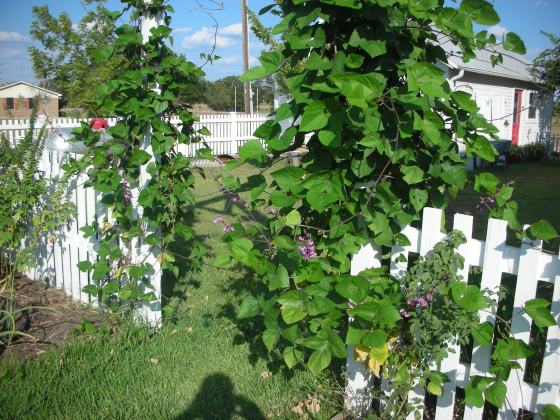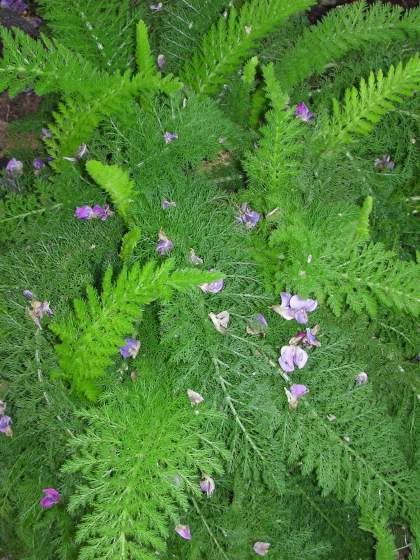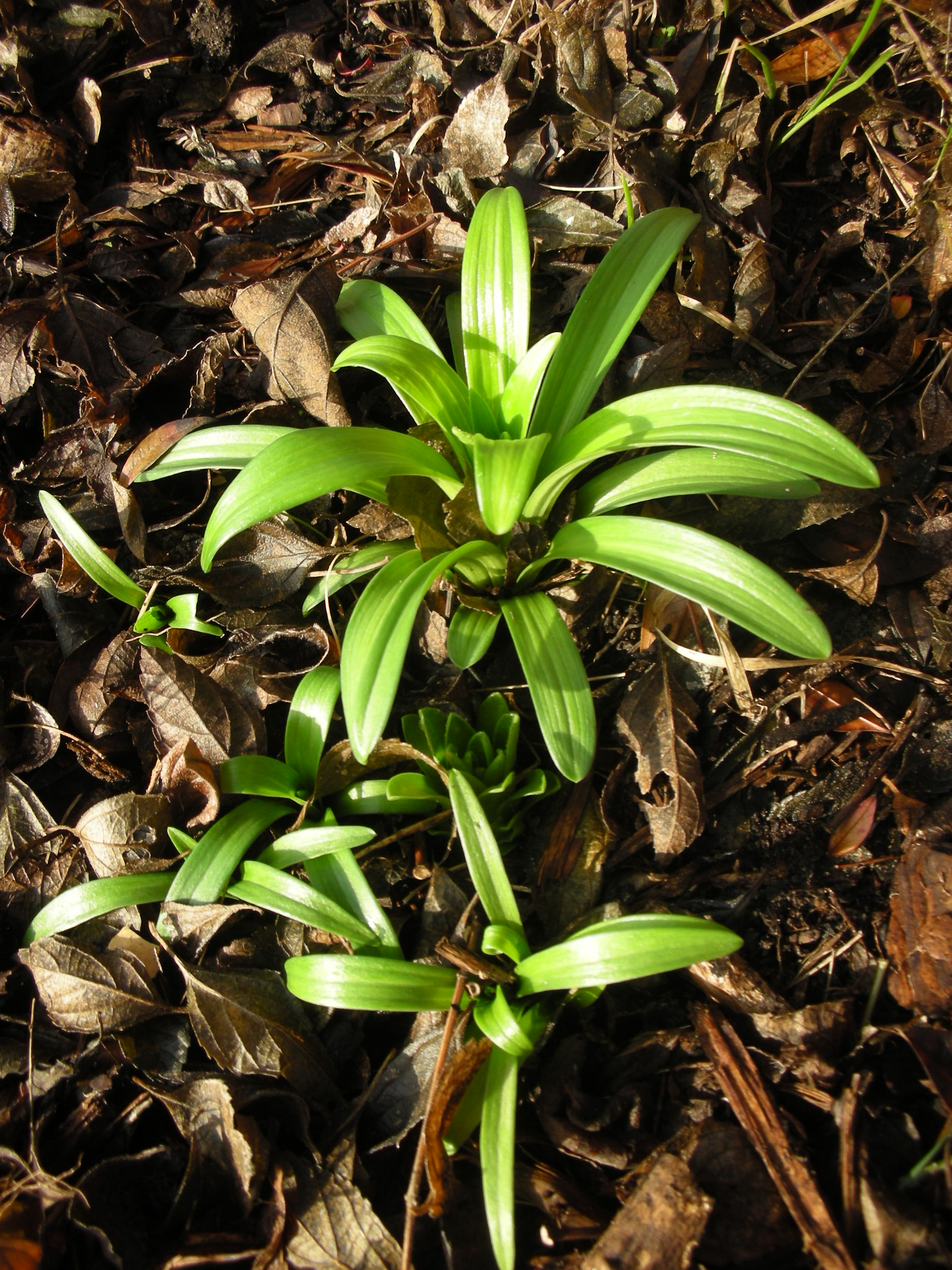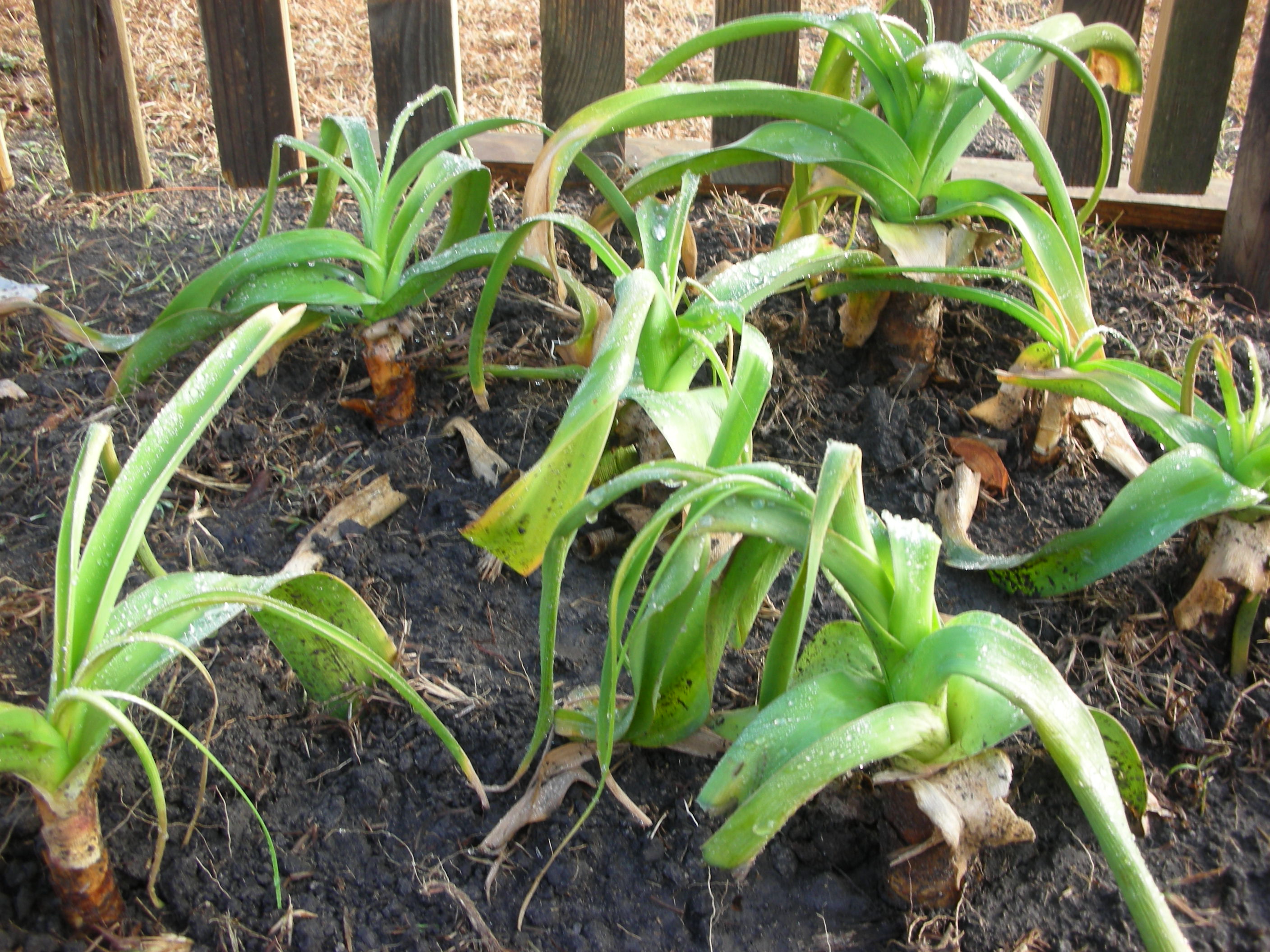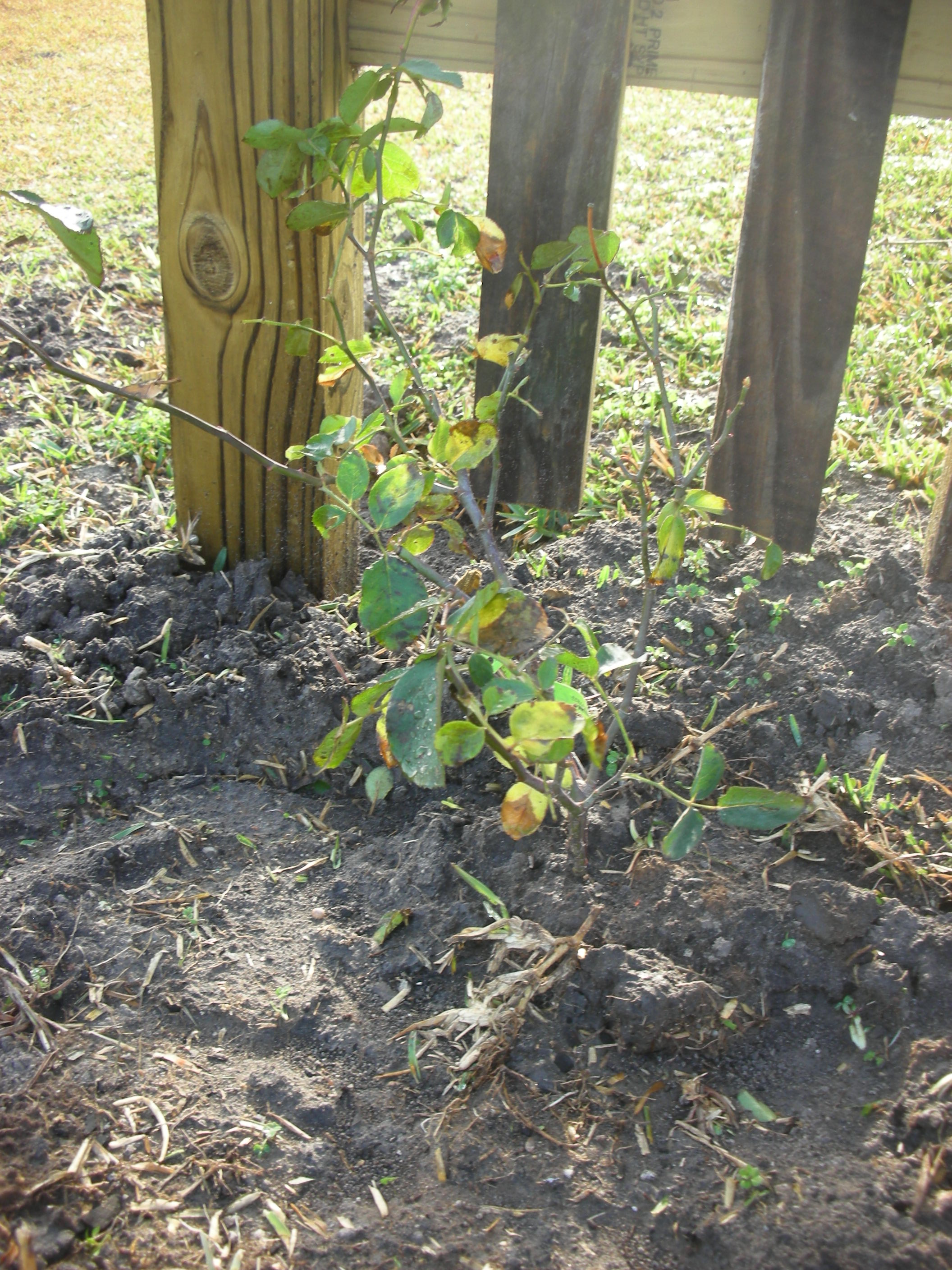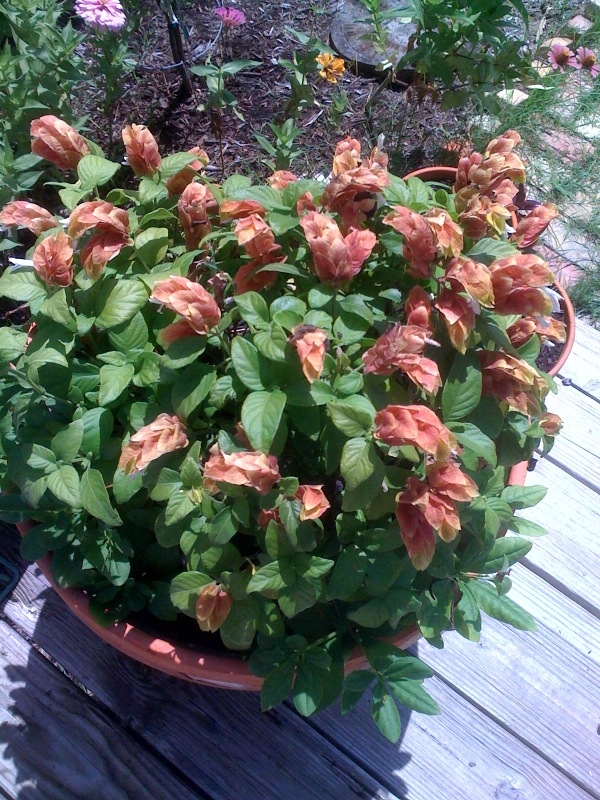This past weekend Sally and I went to deep East Texas to spend a day with the noted horticulturist, historian, speaker and all around good guy, Greg Grant. Greg and I share several friends and we both write for Texas Gardener. However, because of our crazy schedules, we have never had the opportunity to just hang out.

My wife with Greg in front of Camellia sinensis. If you are not familiar with the Latin, this is the bush that gives us tea! This is one of many rare and interesting plants you can see at the SFA Mast Arboretum.
I was very excited to get this opportunity because I have so much respect for Greg. In my opinion, he is the best horticulturist anywhere. In fact, if my website gave awards he would be in the Hall of Fame and he would hold the honor of Master of Horticulture of the Century! No kidding, Greg really is that awesome. Here is an excerpt from his speaker’s bio:

To me, nothing says "Southern Garden" better than a tire garden. Here, Dawn Stover's students in the SFA School of Agriculture have made a very productive and attractive vegetable and herb garden out of discarded tires
“In addition to horticulturist, Greg is a conservationist, writer, and seventh generation Texan from Arcadia, Texas. He is the author of Texas Fruit and Vegetable Gardening, In Greg’s Garden-A Pineywoods Perspective on Gardening, Nature, and Family (2010-Kindle), and co-author of Heirloom Gardening in the South-Yesterday’s Plants for Today’s Gardens, Texas Home Landscaping and The Southern Heirloom Garden. He also writes the popular “In Greg’s Garden” column for Texas Gardener magazine and contributes regularly to Neil Sperry’s Gardens magazine. He also writes a monthly gardening blog for Arbor Gate Nursery (aborgate.com). In addition to all of this, he still finds time to serves as a part time research associate for garden outreach at Stephen F. Austin State University’s SFA Gardens in Nacogdoches, Texas.
Greg has degrees in floriculture and horticulture from Texas A&M University and has attended post graduate classes at Louisiana State University, North Carolina State University, and Stephen F. Austin State University. He has past experience as a horticulturist with the Pineywoods Native Plant Center, Mercer Arboretum, and San Antonio Botanical Gardens, an instructor at Stephen F. Austin and Louisiana State Universities, an award winning horticulturist with the Texas Agricultural Extension Service, director of research and development at Lone Star Growers, and on the staff of Naconiche Gardens and The Antique Rose Emporium.

Greg with a mass of John Fanick Phlox. This is one of many plants Greg has introduced to the nursery trade
Greg has introduced a number of successful plants to the Texas nursery industry including: Blue Princess verbena, dwarf pink Mexican petunia, Gold Star esperanza, Laura Bush and VIP petunias, John Fanick phlox, Stars and Stripes pentas, Pam’s Pink honeysuckle, Lecompte vitex, Henry and Augusta Duelberg sages, Big Momma and Pam Puryear Turk’s Cap, Peppermint Flare Hibiscus, and the Marie Daly and Nacogdoches (Grandma’s Yellow) roses. He was presented the Superior Service Award by the Texas Agricultural Extension Service and the Lynn Lowery Memorial Award by the Native Plant Society of Texas for horticultural achievement in the field of Texas native plants.
He has traveled extensively to hundreds of botanical gardens throughout the United States and Europe and has given over one thousand entertaining lectures. He is a graduate of the Benz School of Floral Design, a member of the Garden Writers Association of America, and a lifetime member of the Native Plant Society of Texas, the Southern Garden History Society, the Texas Bluebird Society, and the Big Thicket Association. His garden, farm, and plant introductions have been featured in a number of magazines and newspapers including Texas Gardener, Texas Live, Texas Co-op Power, Woman’s Day, Farm and Ranch News, The Dallas Morning News, The San Antonio Express News, and The Houston Chronicle

Sally explores quilts made by Greg's grand mothers. Greg has not only loving restored both of his grandparent's homes, he has preserved and still uses, many of their furnishings.
Greg lives and writes in deep East Texas in his grandparent’s dogtrot farmhouse that he has lovingly restored. He tends a small cottage garden, a vegetable garden, a patch of sugar cane, a flock of laying hens, and over one hundred bluebird houses.”
As you can tell, Greg is the kind of guy that anyone would love to spend a day with. As his bio shows, he is VERY accomplished. However, the bio doesn’t tell the whole story. Greg is as open, friendly, and funny as he is accomplished. Even though we had only met in passing, Sally and I both felt we had known him our lives. He was such a great host and he never seemed to tire of endless questions.
Greg showed us so much during our visit that there is no way to cover it in one post. So, check back over the next few days to hear all of the amazing things that Greg shared with in Nacogdoches, at Stephen F. Austin University and in the thriving metropolis of Arcadia, Texas.
If you want to learn more about how to grow just about everything or explore how our Southern history and culture is reflected in, and shaped by, the plants from the past, buy one or more of Greg’s books. With six in print and one on kindle, this Master of Horticulture is sure to have something that is perfect for you. Two of my favorites are featured in my sidebar!












